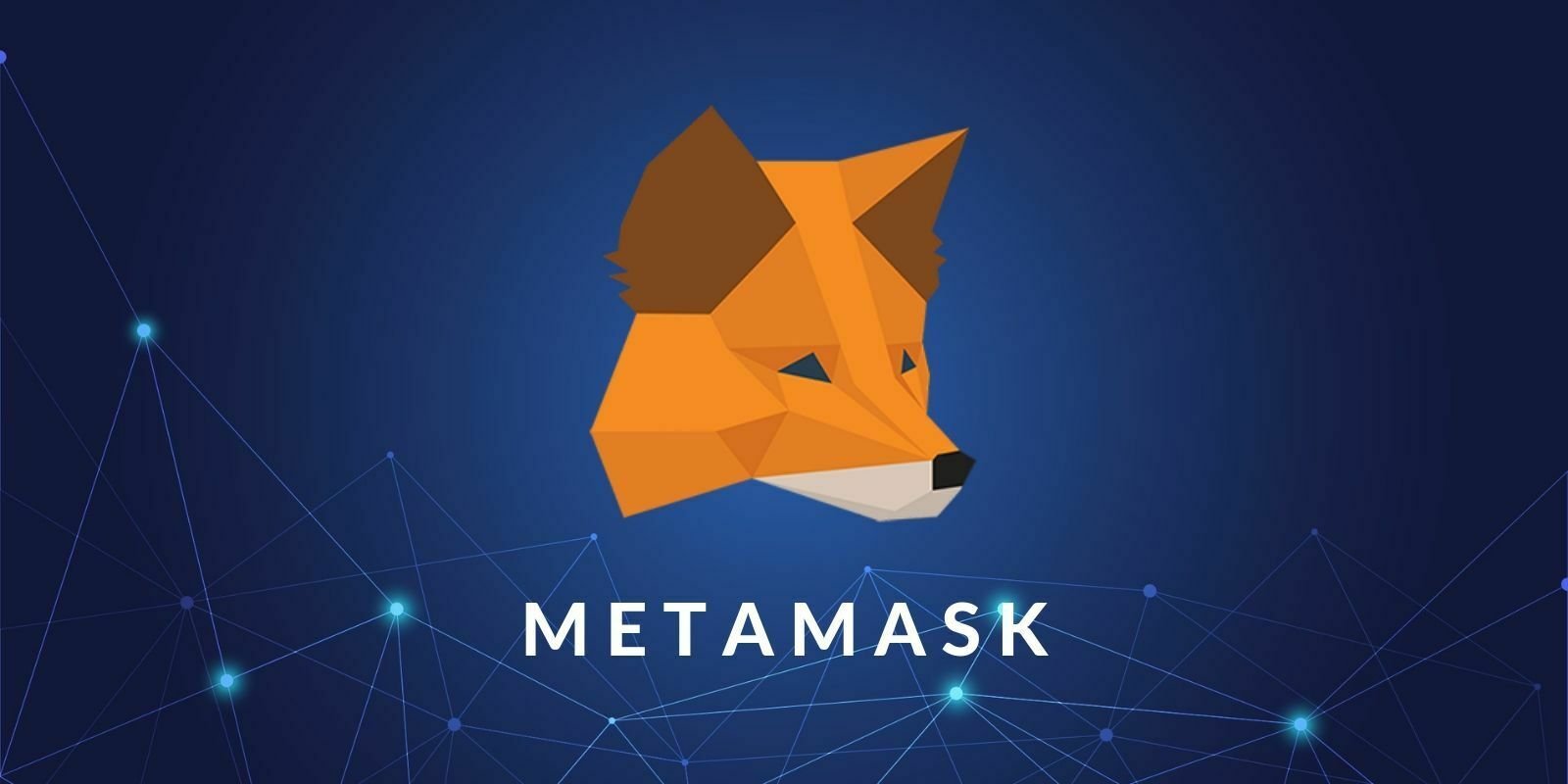What Is Form 1099-DA and What Does It Mean for Crypto Holders / Investors?
Form 1099-DA is the new IRS form required to be filed by brokers dealing with digital assets like cryptocurrency and NFTs (non-fungible tokens).
Brokers, digital trading platforms, payment processors, and hosted wallet providers have to issue this form for all digital asset sales or exchanges starting from January 1, 2025.
- Real estate reporting entities also have to report digital assets used by purchasers as payment for property transactions beginning with the same date.
- Current methods of reporting crypto transactions present challenges such as inconsistent reporting, incomplete information, and lack of third-party verification which can lead to tax reporting errors and tax evasion.
- In theory, Form 1099-DA provides a more accurate, standardized, and streamlined process for reporting crypto transactions which may help improve tax accuracy and compliance.
OVERVIEW

Starting in 2025, the IRS will introduce Form 1099-DA dedicated to reporting crypto and digital assets.
Valuable updates posted from a reputable attorney are found here: https://gordonlaw.com/form-1099-da/
What is Form 1099-DA and what does it mean for crypto investors?
If you’re a crypto investor, you’ll want to pay attention to Form 1099-Digital Assets (1099-DA).
Starting with the 2025 tax year, the IRS will require digital asset brokers to send this form to investors who have engaged in certain transactions involving digital assets, such as cryptocurrency and non-fungible tokens (NFTs).
Why is the IRS launching Form 1099-DA?
The IRS is launching Form 1099-DA to address the growing need for accurate reporting of crypto transactions. As the popularity of crypto and NFT trading continues to rise, the IRS aims to ensure that investors are properly reporting their crypto-related transactions.
Key highlights of the new requirements include:
- Form 1099-DA: Brokers, including digital asset trading platforms, digital asset payment processors, and certain digital asset hosted wallet providers, will be required to issue Form 1099-DA to investors for sales or exchanges of digital assets that take place on or after January 1, 2025. This form will report gross proceeds and, in certain circumstances, gain, loss and cost-basis information.
- Real Estate Reporting: Real estate reporting entities, such as title companies, closing attorneys, mortgage lenders, and real estate brokers, will have to report the fair market value of digital assets paid as consideration by real estate purchasers to acquire real estate in real estate transactions that close on or after January 1, 2025.
- They will also be required to include the fair market value of digital assets paid to sellers of real estate on Form 1099-S.
- Computation and Basis Rules: The proposed regulations set forth rules for gain (or loss) computation, cost-basis determination, and backup withholding applicable to digital asset transactions.
- These proposed regulations are designed to provide taxpayers, tax professionals, and others with clear information, reporting certainty, and closing all lack of transparency issues in the current system regarding digital assets.
- They aim to improve compliance and ensure that digital assets are not used to hide taxable income.
- How is crypto currently reported? Currently, payment platforms, like Coinbase and PayPal, issue 1099-K forms to individuals who receive payments for goods or services in cryptocurrency. Form 1099-K reports the gross amount of crypto payments received during the tax year. Taxpayers then are expected to report the income from these payments on their Form 1040. In essence, this 1099-DA form and process replaces any and all expectation to an automatic reporting structure.
The existing methods of reporting cryptocurrency transactions to the IRS present several challenges:
- Inconsistent Reporting: There is no standardized format for reporting cryptocurrency transactions, which can lead to inconsistencies in the way taxpayers report their income involving digital assets.
- Incomplete Information: Taxpayers are responsible for calculating their cost basis and determining the fair market value of their cryptocurrency, which can be complex, time-consuming and error prone.
- Lack of Third-Party Verification: The IRS relies on taxpayers to accurately report their crypto transactions, without any third-party verification. There is also a lack of accountability for companies in reporting crypto transactions. This can make it difficult for the IRS to detect and prevent tax evasion.
How will Form 1099-DA help?
The introduction of Form 1099-DA is set to address these challenges by providing a standardized and streamlined process for reporting cryptocurrency transactions with very few, if any, exceptions or exemptions.
By requiring digital asset brokers, and those treated as brokers for digital asset exchanges, to issue Form 1099-DA, the IRS can obtain more accurate and complete information about cryptocurrency transactions, which can help improve tax compliance and reduce the risk of tax evasion.
What’s included in Form 1099-DA?
The final version Form 1099-DA is being finalized in June, 2024. As it stands, it will be including very detailed and specific information about your crypto transactions, including:
- Digital Asset Broker (DAB) identification and full name(s), address(es), and social security number(s) / TIN / EIN / etc. dependent upon the DAB.
- Account number(s)
- Transaction dates
- Transaction type (e.g., buy, sell, trade/transfer, exchange)
- Transaction amount
- Fair market value of the digital assets for each transaction
Who is affected by the new tax form?
Form 1099-DA will affect any individual or entity in the US that engages in certain transactions involving virtual assets including:
- Individuals who buy, sell, or trade cryptocurrency
- Businesses that accept cryptocurrency as payment
- Miners who receive cryptocurrency as a reward for their work
- Stakers who receive cryptocurrency as a reward for locking-up their assets
Until Form 1099-DA is available for the 2025 tax year, investors should still report their taxable crypto income. For this, they need to document gains and losses from crypto activities and file Form 1040, Schedule D as well as Form 8949 with transaction details.
Who will issue Form 1099-DA and who will receive one?
Digital asset brokers, and those who are treated as brokers for digital asset exchanges, will be required to issue Form 1099-DA to investors who have engaged in certain transactions involving digital assets. This includes, among other things, transactions that result in a gain or loss, as well as transactions that involve the exchange of one digital asset for another.
Investors who receive Form 1099-DA will need to report the information on their tax return. This includes reporting any gains or losses from digital asset transactions, as well as any other income that is reported on the form.
IMPORTANT 1099-DA Updates Found Here:
OFFICIAL IRS Form In Progress Here:
https://www.irs.gov/pub/irs-dft/f1099da–dft.pdf
How do I file my cryptocurrency taxes now in 2024 BEFORE 2025 and this article’s updated 2024 Tax Filing Year for Crypto Holders?
Even though Form 1099-DA won’t be available until after January 1, 2025, you still need to file taxes on any taxable income from your crypto investments for the current tax year. To do this, you’ll need to gather documentation showing the details of your crypto transactions. Then, you should file the following forms:
- Form 1040, Schedule D: This form is used to report capital gains or losses from the sale or exchange of assets including digital assets.
- Taxpayers can calculate their gains or losses by subtracting the cost basis (purchase price plus expenses such as commissions) of the cryptocurrency from the proceeds of the sale.
- Short-term capital gains (held for one year or less) are typically taxed at ordinary income tax rates, while long-term capital gains (held for more than one year) are typically taxed at preferential tax rates.
- Form 8949: This form is used to report the details of each cryptocurrency transaction, including the date, description, proceeds, and cost basis.
- Details and Instructions can be found here: https://www.irs.gov/forms-pubs/about-form-8949
- Taxpayers should include Form 8949 with their Form 1040 if they have any capital gains or losses from cryptocurrency transactions. If the cost basis of your asset sales on your 1099-B, or future 1099-DA, show basis was reported to the IRS and no correction or adjustment is needed, you may not need to file Form 8949 found here: https://www.irs.gov/pub/irs-pdf/f8949.pdf
- It is wise to use a reputable Crypto Tax Calculator to get an idea of how much tax you might owe from your capital gains or losses from crypto activities. Here is one that I recommend:
https://www.keepertax.com/crypto-tax-calculator
Frequently Asked Questions
Does 1099-DA simplify crypto tax filing?
Yes, that is the goal. Form 1099-DA is designed to simplify crypto tax filing by providing a centralized record of digital asset transactions. This can help investors avoid mistakes and omissions when reporting their crypto income.
What value of NFTs or crypto do I have to sell to get a 1099-DA form?
There is no specific threshold for the value of NFTs or crypto that triggers the issuance of a 1099-DA. Digital asset brokers are required to issue Form 1099-DA for any transactions that result in a gain or loss, regardless of the value of the assets involved.
How are crypto bankruptcies taxed?
Crypto bankruptcies are generally treated as taxable events. If you experience a loss due to a crypto bankruptcy, you may be able to claim a capital loss on your tax return. However, the specific tax implications of a crypto bankruptcy can vary depending on your individual circumstances.
How are crypto donations taxed?
If you donate cryptocurrency to a qualified charity, you may be eligible for a charitable deduction. The specific tax implications of crypto gifts and donations can vary depending on your individual circumstances.
Like This Article? Please Leave Us A Coffee Tip!

Service Call (Remote)



